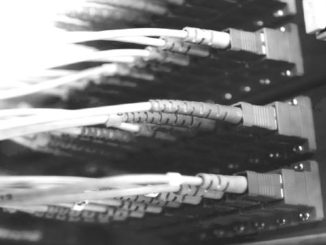
Divide Deepens Between HPC and Enterprise Storage
The more things change, the more they stay the same in HPC storage. …

The more things change, the more they stay the same in HPC storage. …

The widening performance disparity between compute and I/O is not likely to get any better in the fast-approaching exascale era. …

One bit of news that almost got lost in the shuffle at the recent ISC 2019 conference was Intel’s announcement that it is bringing DAOS, the Distributed Asynchronous Object Storage platform, to supercomputing. …

We spent some time at the end of 2018 getting a handle on how parallel file systems in HPC need to evolve to meet the shifting demands in workloads driven by machine learning. …

Now that deep learning at traditional supercomputing centers is becoming a more pervasive combination, the infrastructure challenges of making both AI and simulations run efficiently on the same hardware and software stacks are emerging. …

POSIX I/O is almost universally agreed to be one of the most significant limitations standing in the way of I/O performance exascale system designs push 100,000 client nodes. …

The term software defined storage is in the new job title that Eric Barton has at DataDirect Networks, and he is a bit amused by this. …

MPI (Message Passing Interface) is the de facto standard distributed communications framework for scientific and commercial parallel distributed computing. …

For storage at scale, particularly for large scientific computing centers, burst buffers have become a hot topic for both checkpoint and application performance reasons. …

Rumors of the death of the monolithic parallel file system are not exaggerated. …
All Content Copyright The Next Platform